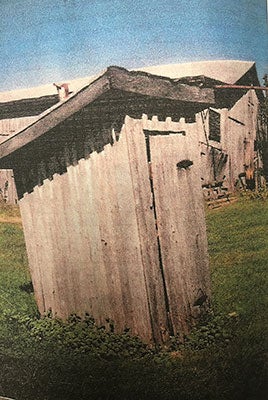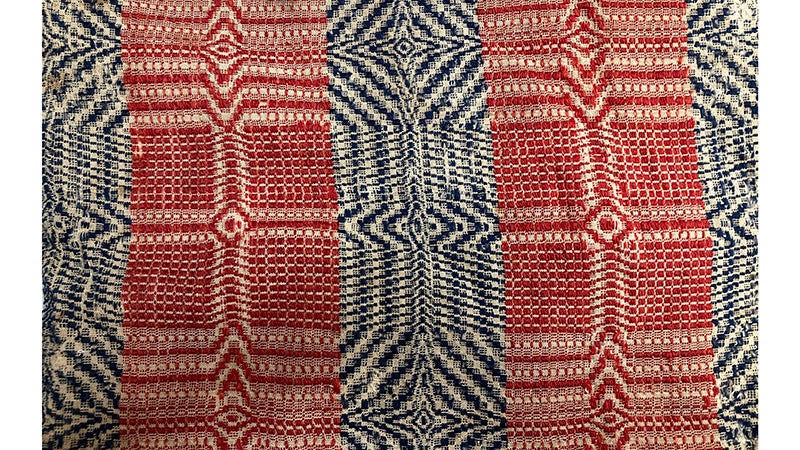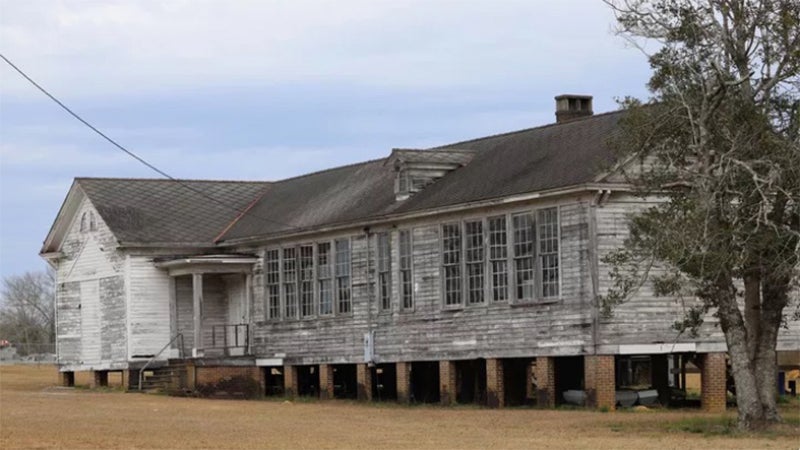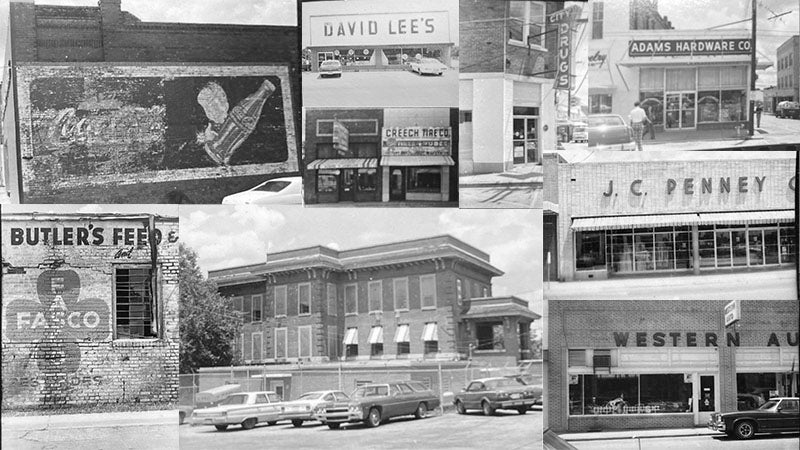Remember When: Little brown shacks out back dotted backyard landscapes
Published 1:17 am Saturday, January 19, 2019

- Outhouses have become a relic of the past.
Cold weather is upon us here in South Alabama. I am not too fond of “Jack Frost.” In thinking about different ways to spotlight Alabama’s Bicentennial celebration (1819-2018), my thoughts come around to the little brown shacks out back. After all, old times are not easily forgotten and are frequently talked about especially by a generation or two above my age.
“It was not too long ago that I went trippin’ through the snow, out to that shack behind my old hound dog where I’d sit me down to rest like a snowbird on his nest and read the Sears and Roebuck catalog.”
Those words from “The Little Brown Shack Out Back,” one of my favorite country classic songs come to mind. Not too long ago, Kent and Lucy Davis from Rose Hill donated to the Three Notch Museum a booklet written by Mr. Davis in 1994, “Privy Potpourri.”
A number of years ago, Lucy started photographing old barns in their travels not only in Alabama but also in other parts of the country. Then came a collection of pictures of the old structures out back behind the farmhouses. So the idea occurred to the couple to put their pictures in book form along with bits of information about the vanishing outhouses that bring back memories to many such as “the Sears Roebuck catalog, a place to relax and think about things, how it was on a freezing morning, and what if there was a wasp nest in summertime!”
The old timey toilet was routinely made out of scrap lumber from sawmill waste. A tin roof was commonplace. There were often cracks between the boards. Some were of plank and tin construction. I once saw a two-seater outhouse in the back of a plantation house over at Cohassett. Then there was the split-level outhouse for the children who used the lower level and the upper level was for the adults.
The Davises found that the builders of the outhouses were quite creative in many ways. The pictures in the Davis collection reveal the originality of the various and sundry farm toilet buildings.
During the Depression years, the WPA would build a farmer a “sanitary toilet.” I don’t know why, but that is not the only thing that is a mystery of the past! It is said that the WPA product was well made and durable. Many farm families benefitted greatly from WPA assistance.
Weeds and kudzu now overtake some of the landscaping around the often abandoned privies. Some rural churches often built two outhouses for the church-goers, one for the men and one for the women. “Ladies” and “Gentlemen” homemade signs can be seen above the doors of these structures.
“In the 1930s,” Davis stated, “a farm could be sold and financed by FHA with the new house, barn, and privy. A modern outhouse would be fitted with toilet seats instead of just a round opening in the wood. The S & R catalog was usually hung within reach.”
Cast iron stools and lids were eventually invented, who knows when, and manufactured by several companies even in Andalusia. Alvin Watson’s Foundry and the Andalusia Foundry can be seen imprinted in lids that have made it to the museum. Door hinges were made most likely in local blacksmith shops.
Progress and weather will soon remove these little buildings from the back yards of early America. The star and half-moon door decoration attributed to the mostly wooden edifices that have stood the ravages of time, storm, and termites will be a thing of the not too distant past. A few more puffs of wind…
The city folks enjoyed the chamber pot that would slide under the dust ruffle on the bed. Now you know why dust ruffles were invented! Mr. Davis writes, “The lady of the house was always careful to keep it out of sight, well hidden under the bed.” The white enamel “slop jar” (Excuse me, please) with a red or blue decorative stripe near the top around the edge of the lid was definitely useful on those cold winter nights or just for convenience on any night. Guess we don’t have to wonder why the metal or porcelain containers were often referred to as “thunder mugs!” (Oh, there I go again, the unmentionable!)
The nearest thing to a chamber pot in my day would be a little wooden potty chair that we used to have in our bathroom for potty training children. I do remember a significant family member of mine in the vintage generation saying, in jest of course, especially if someone in our household said something unimportant or inappropriate, “Is that you speaking or the slop bucket leaking?” Everyone would always laugh real big! My siblings and I didn’t even know what a “slop bucket” was!
We can all imagine how it must have been to have to visit “out back” late at night when the temperature was freezing and the chilly wind was blowing. Let’s be grateful that today we enjoy our modern conveniences. We also can be thankful that we have hot and cold running water instead of well water drawn from the bucket. Let’s REMEMBER WHEN the little outhouses of days gone by usually sitting beneath a chinaberry tree or in the shade of an old oak tree gave relief to the rich and poor in another place in time.
Here is a verse of Mr. Davis’ poem – “However elite or humble you make it, there is no way to beat this little house when you need it!”
P. S. Whoever the kind gentleman is that pulled my car out of the ditch with a chain back in September when I was trying to turn in off the Straughn School Road to take a picture of an outhouse, please contact me so I can express my heartfelt appreciation. Somehow in all the excitement, I missed getting his name. We are still searching for a Covington County outhouse to be permanently displayed at the Three Notch Museum – It would be authentic placed right behind the log cabin.
Sue Bass Wilson, AHS Class of 1965, is a local real estate broker and long time member of the Covington Historical Society. She can be reached at suebwilson47@gmail.com.





